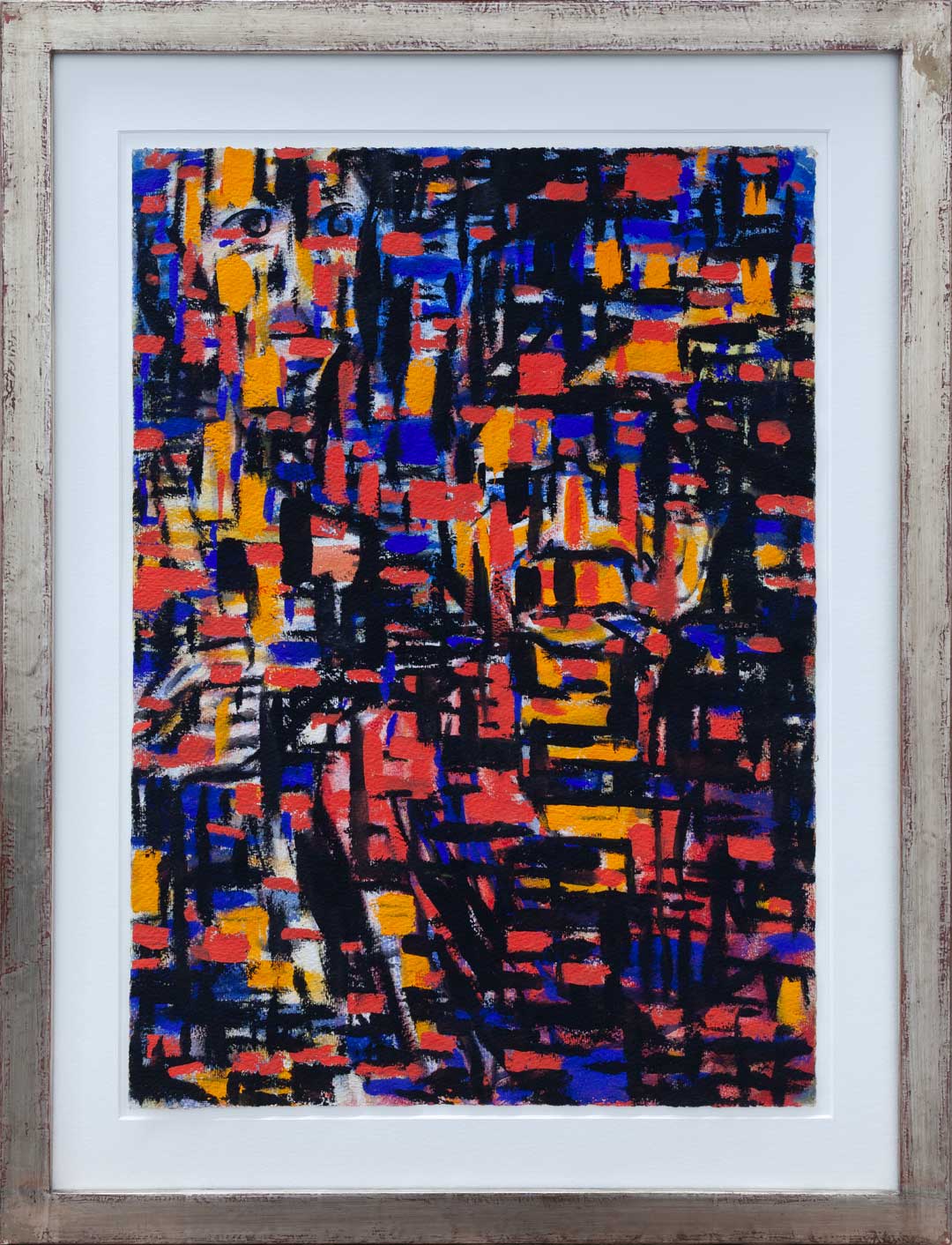Christian Rohlfs

Christian Rohlfs, born in Gross Niendorf in 1849, is one of the most important painters and graphic artists of German Expressionism. It was only late in his career that he developed an expressive and powerful style of painting, and he underwent several relevant stylistic changes during his lifetime as a result of the various art movements of his time.
After studying art at the Grand Ducal School of Art in Weimar and working as a history and genre painter, he devoted himself to French Impressionism as a freelance artist in Weimar from 1884. As a result, between 1885 and 1890 he was one of the great German Impressionists. From the end of the 1880s, he turned to lyrical naturalism. At the invitation of Karl Ernst Osthaus, Rohlfs moved to Hagen in 1901 and set up a studio in the emerging Folkwang Museum. Stays in Soest and Munich followed, whereby the medieval churches and buildings in Soest as well as the monasteries and mountain landscapes in Bavaria were incorporated into Rohlfs' work until the 1920s.
In 1905 he met Emil Nolde and, from 1910 onwards, finally devoted himself entirely to an expressive style of work, which, however, remained rooted in the representational and showed Rohlfs' independent formal invention. Memberships in the "Neue Secession" (1911), the "Freie Secession" (1914) and the Berliner Kunstakademie (1924) in Berlin followed.
After increasingly figurative and biblical depictions, he found a new richness of color in his later work. His expressive flower paintings, often worked with tempera on paper, testify to a new expressiveness in Rohlfs' work. Rohlfs died in Hagen in 1938 and was shown posthumously at the first documenta in Kassel.











